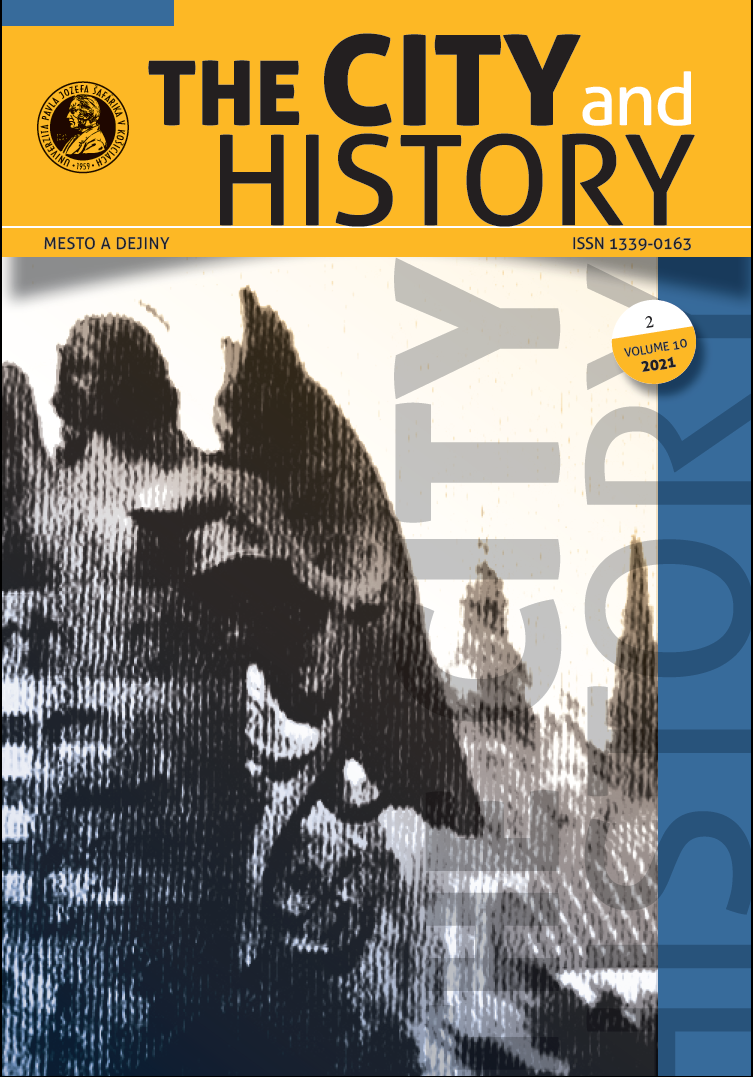The Water-Use of Mining Towns and Their Villages in Medieval Hungary: The Example of Kremnica
The Water-Use of Mining Towns and Their Villages in Medieval Hungary: The Example of Kremnica
Author(s): András VadasSubject(s): History, Economic history, Middle Ages, Modern Age, 13th to 14th Centuries, 15th Century, 16th Century
Published by: Univerzita Pavla Jozefa Šafárika v Košiciach
Keywords: Mining towns; Urban economy; Environmental history; Water mills; Privileges; Kremnica
Summary/Abstract: The paper addresses the long-term impact of mining towns and the villages under the authority of these towns on the waterscapes in the northern mining area of the medieval Kingdom of Hungary (present-day Slovakia). The paper focuses on the privileging practices of the settlers of villages founded by burghers of a medieval mining town, Kremnica. The paper argues that analysing Kremnica’s practice in settling the town’s surroundings may on the one hand shed light on the privileges of the settlers of the town itself, and on the other, be crucial to understanding a previously neglected environmental impact of mining in pre-modern times. The paper argues that while charters of privilege provided to mining towns seldom refer to the freedom to exploit water, the towns’ settlers did use the waterways to their benefit. In arguing for this the paper discusses the freedoms of the settlers’ villages of Kremnica in the fourteenth–fifteenth centuries. The freedom of settlers – or the leading of the settling process – led to an increased pressure on waterways in mining town areas that had lasting consequences on the landscapes of these regions.
Journal: The City and History (Mesto a dejiny until 2019)
- Issue Year: 10/2021
- Issue No: 2
- Page Range: 37-54
- Page Count: 18
- Language: English

